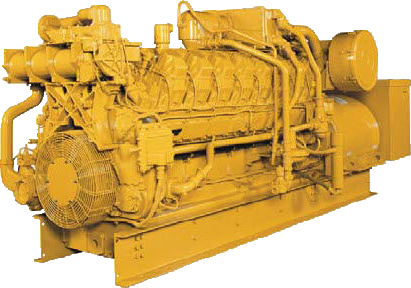Natural Gas Advantages
Natural gas is one of the most affordable forms of energy available to the residential consumer. In fact, natural gas has historically been a better value than electricity as a source of energy in the home. The Department of Energy (DOE) estimates, natural gas is the lowest cost conventional energy source available for residential use. According to the DOE, natural gas costs approximately 68 percent less than the cost of electricity, per Btu (British thermal unit).

Not only is natural gas a good value for the residential consumer, it also has a number of varied uses. The best known uses for natural gas around the home are natural gas heating and cooking. Cooking with a natural gas range or oven can provide many benefits, including easy temperature control, self ignition and self cleaning, as well as being approximately one-half the cost of cooking with an electric range. Many of the top chefs prefer natural gas ranges for their quick heating ability and temperature control. Newer generations of natural gas ranges allow for some of the most efficient, economical, and responsive cooking appliances in existence.
Natural gas is one of the most popular fuels for residential heating. According to the American Gas Association, 62 million homes in the U.S are heated using natural gas. Approximately 23 percent of the total natural gas consumed nationwide is used for residential purposes. This popularity is also shown through the high proportion of new homes built with natural gas heating. According to the U.S. Census Bureau 54 percent of new family homes used natural gas for heating, followed by 43 percent that use electricity for heating, 1 percent that use oil and 2 percent that use other forms.
To learn more about trends in natural gas use, click here to view the Energy Information Administration's (EIA's) report, Natural Gas Markets: Recent Trends and Prospects for the Future, which outlines significant historical trends and their implications for the future of natural gas use.
Despite this massive increase in the proportion of homes using natural gas, the actual volume of natural gas consumed has not increased to the same degree, due to increased efficiency of natural gas appliances. Modern top of the line gas furnaces can achieve efficiencies of over 90 percent (meaning that only 10 percent of the energy contained in the natural gas is lost as waste heat). Even low-end natural gas furnaces achieve high efficiencies, around 78 percent.
In addition to heating homes, natural gas can also be used to help cool houses through natural gas powered air conditioning. Natural gas air conditioning is nothing new, in fact, it provided most of the air conditioning requirements of the 1940s and ‘50s. Due to new advancements in technology and efficiency, natural gas air conditioning is experiencing a resurgence in popularity. Although natural gas air conditioner units are initially more expensive than a comparable electric unit, they are considerably more efficient and require less maintenance. Modern residential air conditioner units use close to 30 percent less energy than in years past, and have an expected working life of 20 years with very little maintenance.
Natural gas appliances are also rising in popularity due to their efficiency and cost effectiveness. Although many natural gas-powered appliances are initially more expensive than their electric counterparts, they are commonly much cheaper to operate, have a longer expected life, and require relatively low maintenance. Other natural gas appliances include space heaters, clothes dryers, pool and jacuzzi heaters, fireplaces, barbecues, garage heaters and outdoor lights. All of these appliances offer a safe, efficient, and economical alternative to electricity or other fuel sources. The same natural gas pipes that supply gas to a furnace can be used to supply energy for all of the appliances listed above, making installation simple and easy.
Although natural gas has many uses and can supply energy to a vast number of residential appliances, there are some energy requirements around the house which cannot be satisfied by natural gas. A television, blender or microwave, for instance, will likely never be powered directly by natural gas, but will instead require electricity. However, natural gas can still power these appliances in the home, by what is known as 'distributed generation'.

Distributed generation refers to using natural gas to generate electricity right at the doorstep. Natural gas fuel cells and microturbines both offer the residential consumer the capacity to disconnect from their local electric distributor, and generate just enough electricity to meet their needs. Although this technology is still in its infancy, it is very promising in being able to offer independent, reliable, efficient, environmentally-friendly electricity for residential needs.
The very first natural gas fuel cell was installed in a house in Latham, New York in July 1998. The system was plugged into the home's natural gas line as the fuel supply, and is now completely independent of any outside electricity. Because a significant amount of electricity is wasted when it is distributed through power lines from a central power plant to the home, on-site electric generation could lead to significantly higher energy efficiency, which translates to cost savings for the residential consumer.
For more information on natural gas and the generation of electricity, click here.
Natural gas is also an environmentally-friendly fuel, and is a good option for the environmentally-conscious homeowner.



